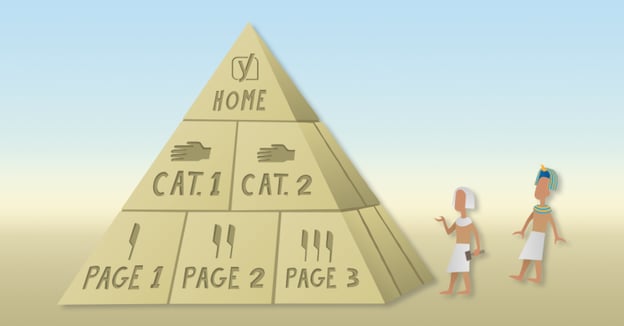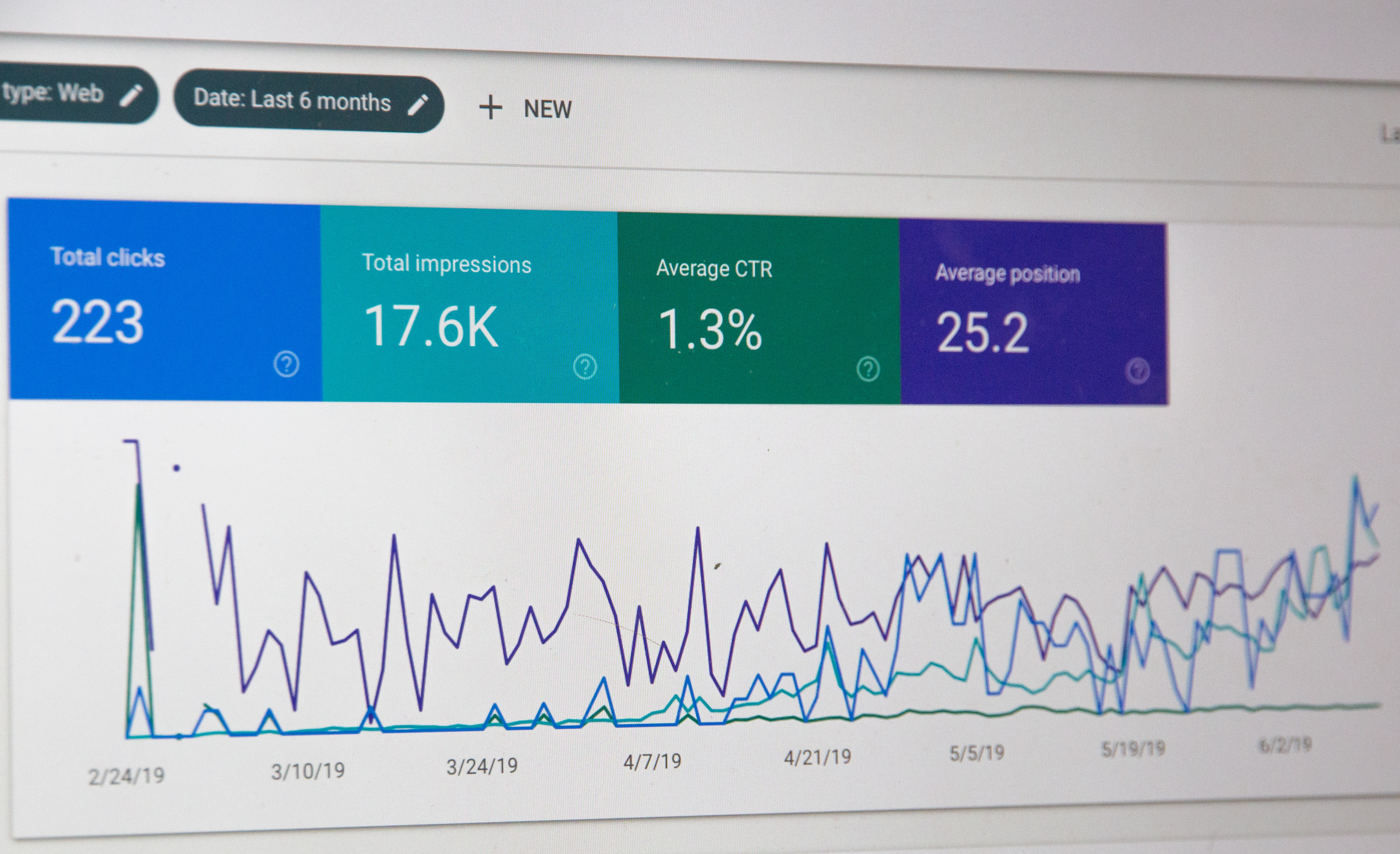
Think internal links are the poor relatives of external links?
Then it’s time to take a deeper look at the importance of internal links for your SEO rating and discuss some best practices for implementing an internal linking strategy.
It might seem like a small detail, but as is always true in SEO, small details can make all the difference.
What Are Internal Links?
Internal links are hyperlinks that link two pages on the same domain.
As opposed to external links, which point from one domain to another, internal links keep the user on your site, taking them to related pages and content. Both external and internal links are vitally important for SEO, but often it’s external links that get all the attention.
Building external links is certainly important, but don’t underestimate the power of a good internal linking strategy.
Importance of Internal Links for SEO
It’s easy to approach SEO by asking “how do I satisfy Google?” The thing is, the way to satisfy Google is by first satisfying the user.
You need to speak a language Google understands (taking care of technical SEO), but your primary goal is to offer the best possible experience for your users. Internal links tick both boxes, and using them well can make a huge difference to your website.
1. Guiding Users
What are your aims with your website?
They might look a little bit like this:
Get traffic → engage the user→ build a relationship → make a sale.
The middle parts of this equation - engaging the user, and building a relationship are the key. You need people to stick around on your website and consume the content. You can’t do this without making it easy for users to find relevant information and the way you do this is with internal links.
Not only is engagement an intrinsic part of ranking well, but it also leads to the return on investment you want from your SEO. If your users can’t find the pages they’re looking for because you don’t have a good internal linking structure, then you won’t maximize your results.
2. Guiding Google
It’s not just your users that follow your internal links. The search engines use internal links to crawl your website and understand how the pages link together.
Bots come to your home page and follow every link on each page to understand how they come together to create meaning. This helps Google understand which pages are most important, and how topics link together.
The search engines are good at understanding the meaning behind pages, but they still need your help. You’ve got to show them how ideas and pages are linked together, and one way you do this is through your internal linking.
Maximizing the Value of Internal Links
Google is smart. You can’t just add internal links here and there and hope it helps your SEO. Instead, you’ve got to use internal links in a natural way that fits with your website’s goals.
1. Understand Your Website Structure
Different pages on your site have different levels of importance. For example, your home page is the main building block for your website, so it’s the most important page on your site. From there, you will have different category pages that pull content together, and ultimately the content of your website.
This looks like a pyramid, with your home page being the most important, followed by multiple category pages, and lastly all your content.

Source: Yoast SEO
Google attributes page authority in a similar way.
Your home page will carry the most page authority, and you pass along authority as you link out. For example, in the pyramid structure, your home page passes on authority through its links to the category pages, and then the category pages pass on authority through internal links to the content pages.
2. Decide the Importance of Each Page
The more internal links a page has, the more Google will see it as an essential part of your site and assign value to it.
Not every piece of content you create is as important to your goals as others, so you want to understand the importance of each page. By assigning certain pages “golden post” or “cornerstone” status, you can identify it as content that you should regularly build internal links to.
This works from a user standpoint as well because it’s your most valuable information, and you want as many people as possible to land on it.
3. Create Contextual Links
If you’re going to create internal links, then they should be useful for the user.
Say you’re reading an article entitled “How to Improve Your Website’s Domain Authority.” That piece of content is naturally going to talk about external and internal links. However, you might also have dedicated pieces of content that go into these subjects in more detail.
This is your opportunity to create contextual links - internal links that fit within the context of what the reader is learning about.
Not only do these links get a high click-through rate (because you’re offering people extra information), but the keywords used in the hyperlink help Google understand what the page is about.
4. Related Posts Section
A related posts section in your content or sidebar is another great way to build internal links.
By using tags to categorize your content, you can easily show content that is related to the page the user is on and highlight other pages your visitors might like to read. These links grab people’s attention, and they’re a good way to keep people engaging with your website.
The more people stay and explore your site, the more Google is going to think you’re offering valuable content, and a related posts section can make a difference in this area.
5. Links to Popular/ Recent Content
We talked about the structure of your website being like a pyramid, with your home page carrying the most “link juice.”
The internal links you have on this page have a lot of weight, so it’s somewhere you should prioritize your most important content. If you’ve got cornerstone content that you want to drive traffic to, then it can be helpful to link directly to these pages from your home page.
Of course, you need to continue to think about user experience, but internal links to your most important pages from your home page can give them a boost in the rankings.
The same is true for your most recent content. If you want to give it a boost and show the search engines and your users it’s an important part of your site, then keep a section with your latest posts on your home page.
6. Navigational Links
An important part of user experience is how you use navigational links to guide people through your website. These links sit in your menus and help people find the information they’re looking for.
When you’re creating your site, it’s vitally important you have a clear picture of the structure you want to use. You want to bring people to your most important content, and make your site easy to navigate.
If people have to work hard to find the information they’re looking for, then they’re going to give up and leave your website.
4 Things to Remember 4 Internal Links
Good use of internal links is very much a reflection of SEO as a whole. There are four things you should always look to achieve with your internal linking:
- Be natural
- Add value
- Engage your audience
- Use keywords to enrich your links
Internal links work best when they fit naturally, accurately convey the value of clicking, and offer real value with the target content. If you can achieve this, then you’re going to improve the way users engage with your website, and you’re also likely to see an improvement in your ranking potential.
Conclusion
Internal linking is something that can often get left off SEO checklists.
Modern SEO is all about how the user experiences your website though, and internal links are a fundamental part of this. You want to showcase all the amazing content you have on your website, your users want to quickly find valuable information, and Google wants to understand how your pages link together. In all three cases, internal links are a part of the answer.
If your internal linking strategy stops at your navigation bar, then you’ve got lots of opportunities to improve your SEO and your UX through internal links.
We help our customers with internal linking, SEO and a bevvy of complementary inbound marketing services. Feel free to contact us for a free consultation regarding your digital marketing goals.




